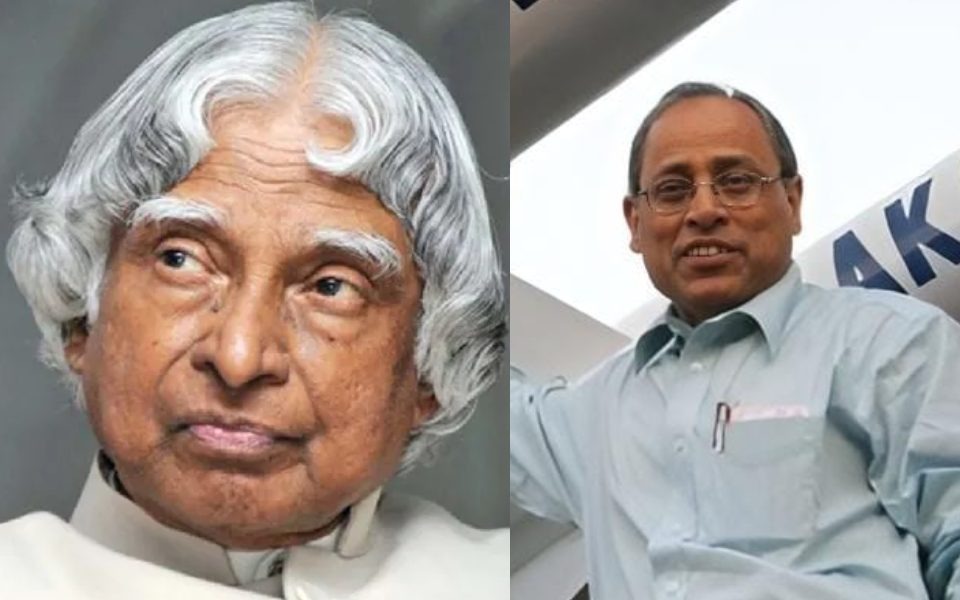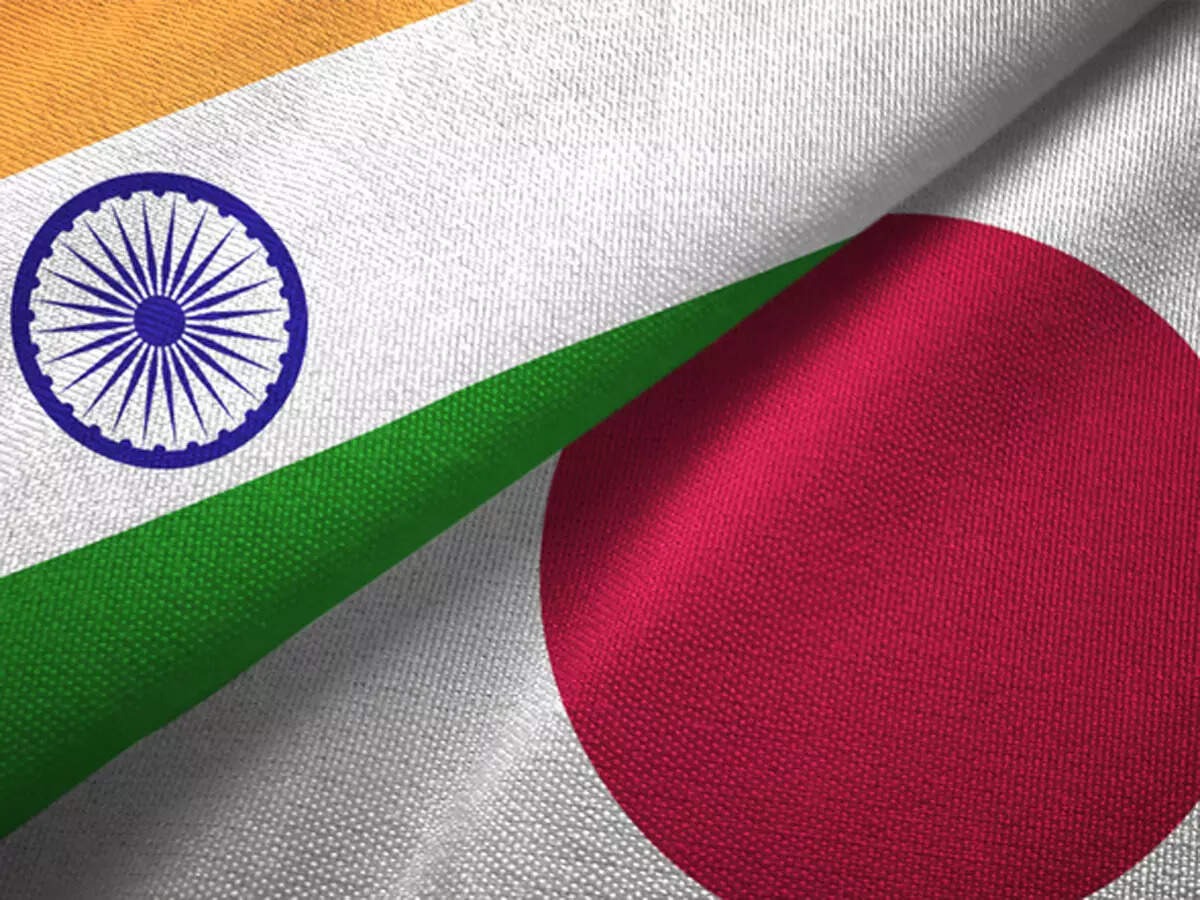
Follow WOWNEWS 24x7 on:
Updated: May 12, 2025 06:48

Prahlada Ramarao, the former DRDO scientist who was a part of Dr. APJ Abdul Kalam's mythical missile team, has asked for similar leaders such as Kalam to revolutionize India's research and development sector. While addressing in Bengaluru, Ramarao spoke about his experiences working under the guidance of Kalam and the important lessons that can make India lead the world in innovation.
Ramarao, who became project director of the indigenous surface-to-air missile programme at the tender age of 34, narrated the long 15-year struggle that culminated in the successful induction of the Akash missile system. The Akash system has recently demonstrated its capabilities by destroying Pakistani missiles and drones during the increased border tensions last month.
He stressed that India's biggest challenge is not talent, but the absence of teamwork. Kalam, he added, was a genius at directing individual energies towards a single objective, motivating young and inexperienced teams to accomplish the seemingly impossible. Ramarao feels that if India had even ten leaders like Kalam, the country could significantly speed up its R&D development and emerge as a world leader in technology and innovation.
Ramarao pointed out the transformation of the Indian industry, with the fact that the manufacturers have moved from just constructing to print, then to design, and now to creating from just ideas. He was optimistic that, with the groundwork laid by visionaries like Kalam, India could now take five years to develop sophisticated missile systems-a feat that took more than a decade.
But Ramarao warned that though India has matured in rocket and missile technology in the last 25 years, the nation cannot relax, as the competitors are also moving fast. He referred to the aspiration and prowess of young scientists of today, advocating for guidance and support from the policymakers to properly leverage this potential.
Ramarao concluded by calling on the country to produce more leaders such as Kalam, who would be able to bring together different talents and motivate the next generation of innovations in Indian science and technology.
Sources: Deccan Herald, Hindustan Times, Economic Times, Vartha Bharati




